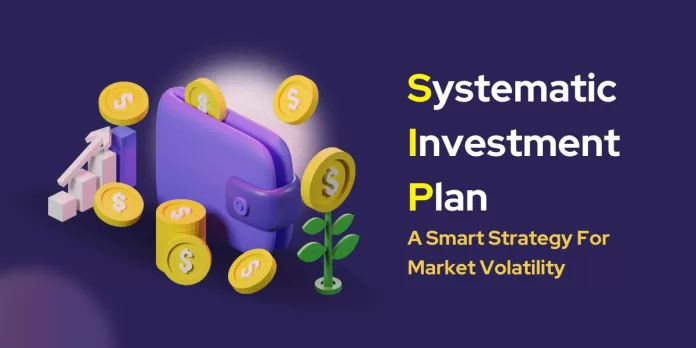In the world of investments, timing is often considered the key to success. Investors frequently wonder whether they should enter the market when it’s at the bottom or exit when it’s at the top. These questions are central to the practice of market timing. However, timing the market perfectly is extremely challenging, if not impossible. That’s where Systematic Investment Plans (SIPs) come into play, offering a more disciplined and strategic approach that doesn’t rely on trying to predict market tops and bottoms.
Understanding SIP at Lows and Highs
Investing when the market is at a low point is a common aspiration for many investors. The idea is to buy low and sell high, a principle that Warren Buffett famously endorses. However, predicting the exact bottom of a market is a formidable task and even the most experienced investors often fail to do so.
SIPs offer an alternative strategy:
Rupee Cost Averaging
A SIP involves investing a fixed amount of money at regular intervals, regardless of market conditions. When you invest in an SIP during a market downturn, you buy more units of a mutual fund or stock for the same amount of money, effectively reducing your average cost per unit. This strategy is known as rupee cost averaging.
Risk Mitigation
By investing regularly, you reduce the risk of putting a significant amount of money into the market just before a downturn. SIPs spread your investments over time, providing a cushion against market volatility.
Continuous Participation
SIPs encourage disciplined investing, regardless of market conditions. Instead of trying to time your exit, SIPs enable you to stay invested over the long term, ensuring you benefit from the compounding effect.
Avoid Emotional Decisions
Emotional reactions often drive market-timing decisions. Investors may panic during market downturns or become overly confident during bull runs. SIPs encourage rational, systematic, and unemotional investing.
Counting the Cost of Delay: How Waiting Impacts Your Investments
Imagine you’re on a train, and you need to reach a destination. The longer you wait to get on that train, the more time and opportunities you lose. Similarly, when you delay your investments, you miss out on potential gains. In simple terms, the “cost of delay” is the price you pay for not getting started with your investments sooner. The earlier you start, the more time your money has to grow, and the more you can potentially earn in the end. So, don’t wait – get on that investment “train” as soon as you can to make the most of your financial journey.
To truly grasp the financial impact of delaying your investment decisions, let’s examine the case of two investors, one who started a SIP in August 1997 and another who initiated their SIP in November 1998. We’ll illustrate how a mere 15.7-month delay in entering the market can result in a substantial difference in returns.
| August 1997 | November1998 | |
| BSE Sensex TRI Level | 4617 | 2888 |
| Monthly SIP | Rs. 10,000 | Rs. 10,000 |
| Total Value Invested Today | Rs. 31.4 Lakhs | Rs. 29.9 Lakhs |
| NAV of SIP Today | Rs. 301.8 Lakhs | Rs. 260.7 Lakhs |
| Investment Horizon | 26.2 years | 24.8 years |
Read: Simplifying Systematic Investment Plan!
Now, let’s emphasize the key takeaway:
The Difference in Amount Invested
The delay of just 15.7 months in starting the SIP in November 1998 resulted in a relatively minor difference of Rs 1.5 lakhs in the total amount invested.
The Astonishing Difference in Returns
However, the real shocker is the difference in the Net Asset Value (NAV) at the end of the investment horizon. The investor who began in August 1997 ended up with an NAV of Rs. 301.8 lakhs, while the one who started in November 1998 had an NAV of only Rs. 260.7 lakhs. This seemingly insignificant 15.7-month delay in entry resulted in a staggering Rs 41.1 lakh difference in returns!
In conclusion, this example reinforces the timeless wisdom that in the world of investments, time can be your most powerful ally or your greatest adversary. Starting your SIP sooner, rather than waiting for the market to “bottom out,” can make a world of difference in your financial future. The lesson is clear: the power of compounding is unleashed when you invest early, and even minor delays can lead to significant differences in the long-term results of your investment journey.
Disclaimer: This blog has been written exclusively for educational purposes. The securities mentioned are only examples and not recommendations. It is based on several secondary sources on the internet and is subject to changes. Please consult an expert before making related decisions.


